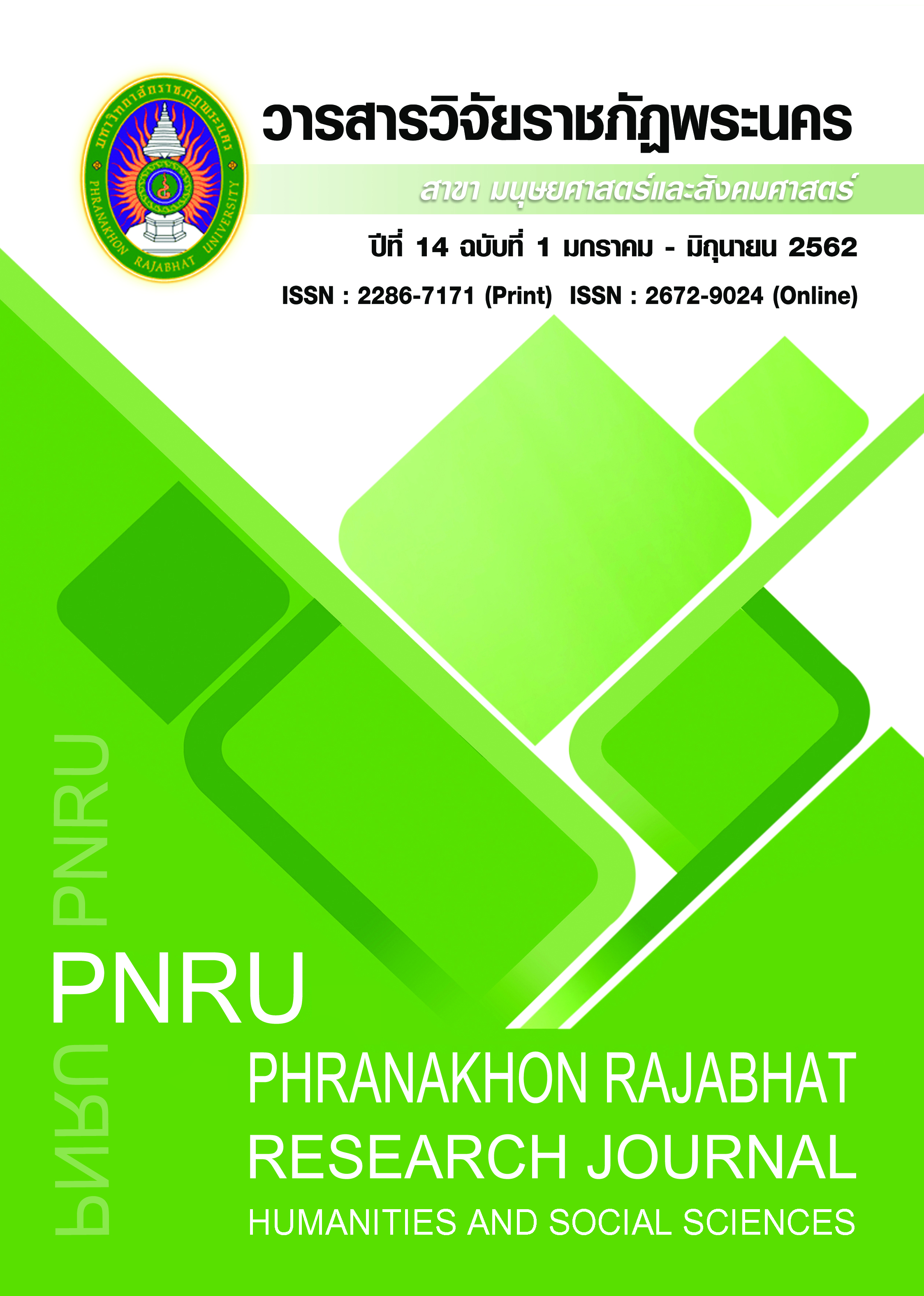THE MOBILIZATION APPROACHES OF MEDIA LITERACY FOR CHILDREN AND YOUNGSTERS IN FOREIGN COUNTRIES, AND THE APPROACHES FOR THAILAND
Main Article Content
Abstract
This study has two objectives as follows: 1) to study mobilization approaches to develop media and digital literacy for children and youngsters in foreign countries, and 2) to study mobilization approaches to develop media and digital literacy for children and youngsters in Thailand. This study is a qualitative research, employing document research method to study mobilization approaches for developing media and digital literacy of six projects in six foreign countries; 1) The United States: The News Literacy Project (NLP), 2) Canada: The Ontario Media Literacy Curriculum, 3) The European Union: European Association for Viewers Interests (EAVI), 4) India: The Peace Gong Media Literacy Programme, 5) Australia: SeeMe Media Literacy Project, 6) Japan: Digital Storytelling (DST) for Media Literacy The study found five key findings that can be applied as mobilization approaches to develop media and digital literacy for children and youngsters in Thailand; 1) having support from all of the relevant stakeholders, 2)designing content with clear direction that correspond with key problems of the country, 3) producing knowledge and research studies in the field of media literacy or having support from knowledgeable organizations, 4) transferring of knowledge that leads to action of creating media content with experts as mentors, and 5) having continuous, modern, and various media content and activities. From this finding, researcher has developed the 3E4I Model, which comprises of Education, Experience, Expert, Interconnectedness, Information, Information and Integration.
Article Details
Each publish articles were copyright by Phranakorn Rajabhat University
Any contents which appeared in each articles in the journal were authors personal opinion. It did not relate to Phranakorn Rajabhat University and other instructors in the university. Each authors would take responsibility on their articles. If there are any mistake, the authors will take responsibility themselves
References
European Association for Viewers Interests. (n.d.). European Association for viewers interests. Retrieved Dec 25, 2017, from https://eavi.eu/
Foundation for Young Australians. (2012). See Me media literacy project evaluation. Retrieved December 28, 2017, from https://www.qvwc.org.au/wp-content/uploads/2012/03/QVWC-SeeMe-Evaluation-Report-FINAL-4-May-2012.pdf
Karuchit, W. (2016). Negative effects of digital media on Thai youngsters: case studies from
Thailand and Abroad. International Journal of Media and Information Literacy. 1(2), 122–127.
Media Conte. (n.d.). Our workshops-toward the collaborative storytelling with local students. Retrieved January 5, 2018, from https://mediaconte.net/concept/
Media Smarts. (2018). Media education in Ontario. Retrieved Dec 21, 2017, from http://mediasmarts.ca/teacher-resources/digital-media-literacy-outcomes-province-territory/media-education-ontario
Ministry of Education, Canada. (2006). The Ontario Curriculum Grade 1-8 : Language. Retrieved Dec 21, 2017, from http://www.edu.gov.on.ca/eng/curriculum/elementary/language18currb.pdf
Mizukoshi, S. (2017). Media literacy and digital storytelling in contemporary Japan. The Newsletter, 76 (Spring): 38-39. Retrieved January 5, 2018, from https://iias.asia/sites/default/files/IIAS_NL76_3839.pdf
Ogawa, A. & Tsuchiya, Y. (2014) Designing digital storytelling workshops for vulnerable people: a collaborative story-weaving model from the “pre-story space.” Journal of Socio-Informatics. 7 (1): 25-36. Retrieved January 5, 2018, from http://www.ssi.or.jp/eng/pdf/Vol7No1p3.pdf
Pungente, J. (n.d.). The second spring: media literacy in Canada's schools. Retrieved August 17, 2017 from http://jcp.proscenia.net/publications/articles_mlr/pungente/secondspring.html
Queen Victoria Women’s Centre. (n.d.). See Me: the media, my world & me. Retrieved Dec 28, 2017, from http://seeme.org.au
Queen Victoria Women’s Centre. (2012). About: welcome to the SeeMe media literacy web site. Retrieved Dec 28, 2017, from https://www.seeme.org.au/about/about.html
The News Literacy Project. (2018). News literacy project. Retrieved Dec 18, 2017, from http://www.newslit.org
The Peace Gong. (2013). The Peace Gong: connecting children & youth through non-violent communication. Retrieved Dec 27, 2017, from http://thepeacegong.org/2013/06/20/the-peace-gong-media-literacy-programme-2
Thomas, T.K., Kundu, V. & Yadav, A. (2015). The Peace Gong media literacy programme: A manual for coordinators. Retrieved Dec 27, 2017, from https://issuu.com/anubhuti5/docs/the_peace_gong_media_and_information

